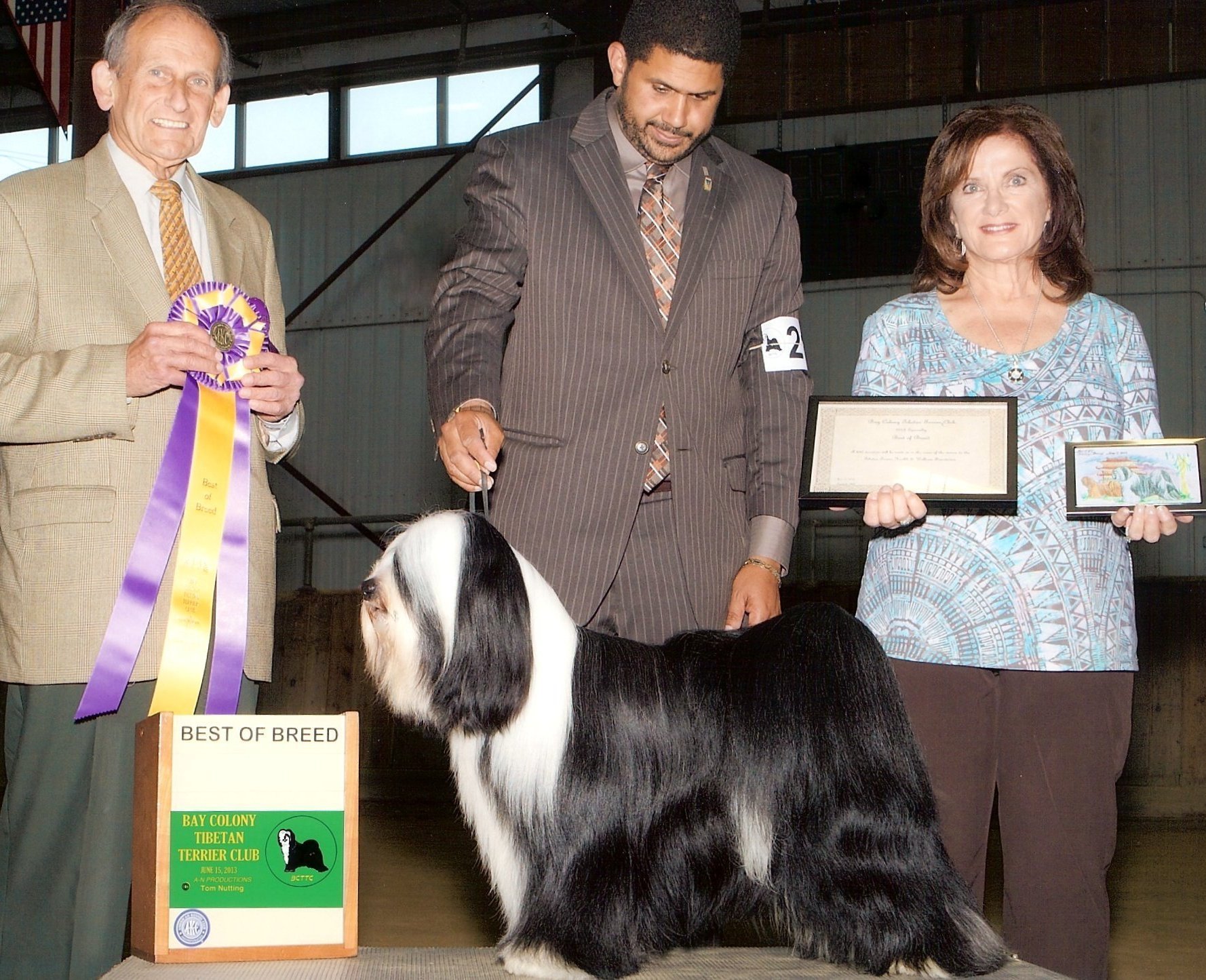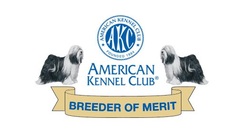29 March 2020
Thank you all for reaching out to check on us, during these last few weeks. We are safe & well in our little house and grateful that so far? Everyone we know is ok. So, with those details behind us? Let’s share a happy photo!
Meet Leopold! Leo was planning to move to Florida on April 13th to join his Kensington cousin Yoshi, out of Murphy x Koko 2019. However, a couple of weeks ago it became apparent that we might not be able to get the little guy on a flight in the cabin with his hoomans, come April. So, we had a couple of tearful conversations, switched gears and now? I am planning to breed and raise a different puppy for these lovely Miami folks and will deliver her personally, come August 2020.
Instead of becoming a Floridian, Leo became a resident of Brookline, Massachusetts last week and has joined a family who has been in our breed for decades. Leo switched seasons, leaving the snow up here and is now enjoying spring in Boston. It is closer to winter up here in Stowe and even with trees starting to bud? It still feels cold outside.

Freshly harvested ramps, from the Percy woods. When carmelized? They taste like sweet garlicky shallots. Spring 2019.
The intoxication of spring after a lengthy winter is better than cocktails at 5pm. Here in Stowe, we can forage for ramps, once the trilliums begin blooming. Fiddleheads will soon be in season, too, and harvested from unfurling ostrich ferns. Then, come the mushroom gatherers. I have a neighbor across the street who brings me freshly foraged oyster mushrooms every spring. What a treat!
We woodland foragers are a most amusing lot; hiking off the Rec Path and into the woods, with garden forks, pruning shears and fabric sacks in tow. Sometimes, we bring plastic buckets. I have learned NOT to take a dog along for these seasonal adventures, as they slow me down and pick up more flotsam and jetsam in the woods, than they do at the beach!
While I look forward to the changing of the seasons, our traditional springtime activities will surely be impacted by these current and curious times.
The Corona virus is serious and we urge every one of our hoomans & peeps to be vigilant and obey the suggested ‘social distancing’ six foot rule with frequent handwashing (and moisturizing). Stay inside your homes, be kind and love your friends, family and pooches. Be grateful that we have electricity, food and water and try to take it down a notch. Trust me, I get bored, too! And that’s when we go for a drive in the country with the doggies in their crates in the back of the car. I truly hope that none of you has lost or will lose a loved one to the Corona virus. I feel like I’m living in a science fiction novel. But there is hope and winter will soon be behind us!
With warmer temps and budding trees come ticks. Ticks are serious business and today, I want to emphasize that we stay clear on how important it is to repel the damned things and keep them OFF of our dogs and ourselves.
The THREE PRONGED APPROACH
- Repel
- Protect
- Treat, when necessary
REPELLENTS

CH Shalimar’s James of Kensington with some of Kensington’s 2015 puppies. At the farm on the Randolph Road; Morrisville, VT.
There are those of us who try to stay ‘natural’ and use plant-based repellents. This is great, if they work. For the folks who lean toward the ‘natural’ approach, know that the annual vaccine is a great protocol, as it does NOTHING to your dog. Rather, it is designed to be taken up in the blood meal of the tick and that is where it does its work, as it kills the Lyme bacteria in the tick, so it cannot infect its next host. I think if you’re going to try the ‘natural route’? Consider the annual vaccine and do not discount the topical repellents.
PROTECTION
There are oral and topical options. The oral options generally require that the tick bite your animal. The topicals are neurotoxins and the same compounds that get sprayed topically on bananas coming from South America by boat. Your vet will have suggestions for what is ‘best’ in your area. There is also an essential oil based spray that kills both ticks and mosquitoes for up to 30 days. I’ve been using one called TickKillz – I might have the spelling wrong and I do NOT spray my yard myself. Rather, for $90? My pest people spray my 1/4 acre and it takes only an hour to dry. We’ve had zero Lyme issues, since 2011, when my boy Oliver presented with symptomatic Lyme and that awful fever that fried his little gonads. After that? It was war. Never did that fabulous boy ever sire a litter, as the fever took his sperm count down to negligible levels with high abnormalities.
I know that most of you wouldn’t ever consider participating in a breeding program but that doesn’t mean that you should disregard the potential for longterm ramifications of a Lyme bacterial infection. Dogs can live with Lyme without obvious symptoms, until the longterm ramifications present themselves and you end up with a dog in kidney failure. Where you have deer, field mice and tall grasses? You will have ticks.
Anytime you consider a proactive ‘course of action’ for your pet, here are three questions I suggest you ask your vet:
- How many incidents of this malady have occurred in your area in the last year?
- Has the vet personally seen and treated a case of whatever you are discussing?
- How severe is the treatment? If it’s life threatening? Perhaps the repellent protocol is better.
TREATMENT
As I’m a planner and an Aries, I am constantly mindful of the options that might present themselves in my world. One way to evaluate your situation is to do an annual spring SNAP test. A vet tech can do it and in my world? I think they charge me $26 per dog for the test (which is now a ‘four way’ test for all four tick-borne illnesses).
SNAP tests give a Positive or Negative result. The course of action when exposure is detected is a 30 course of Doxycycline. This should kill the Lyme bacteria in your dog’s system and alleviate symptoms fast. There is a follow-up test that will tell give you another number for interpretation. Between the two? You should have a clear understanding of your situation.
Here’s hoping for a Spring season without Lyme disease!
Yours truly!
WB.
[contact-form][contact-field label=”Name” type=”name” required=”true” /][contact-field label=”Email” type=”email” required=”true” /][contact-field label=”Website” type=”url” /][contact-field label=”Message” type=”textarea” /][/contact-form]

































